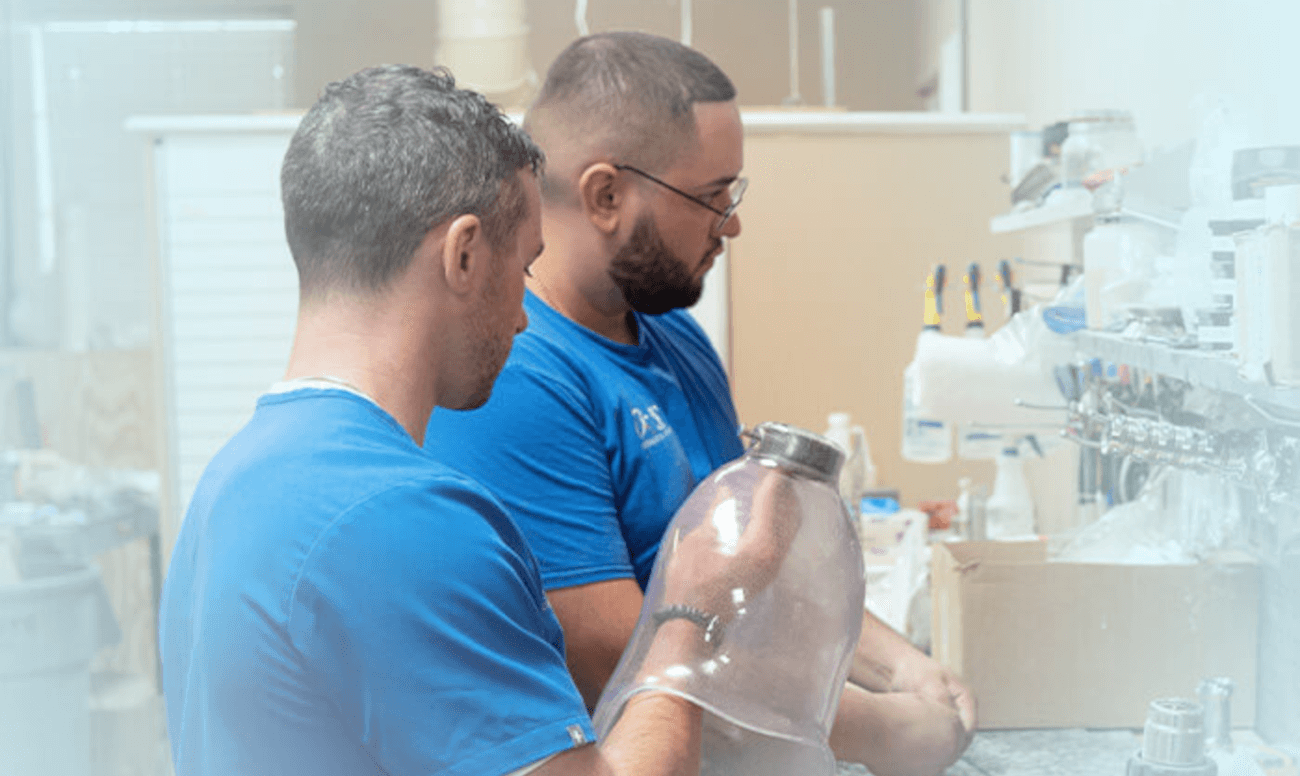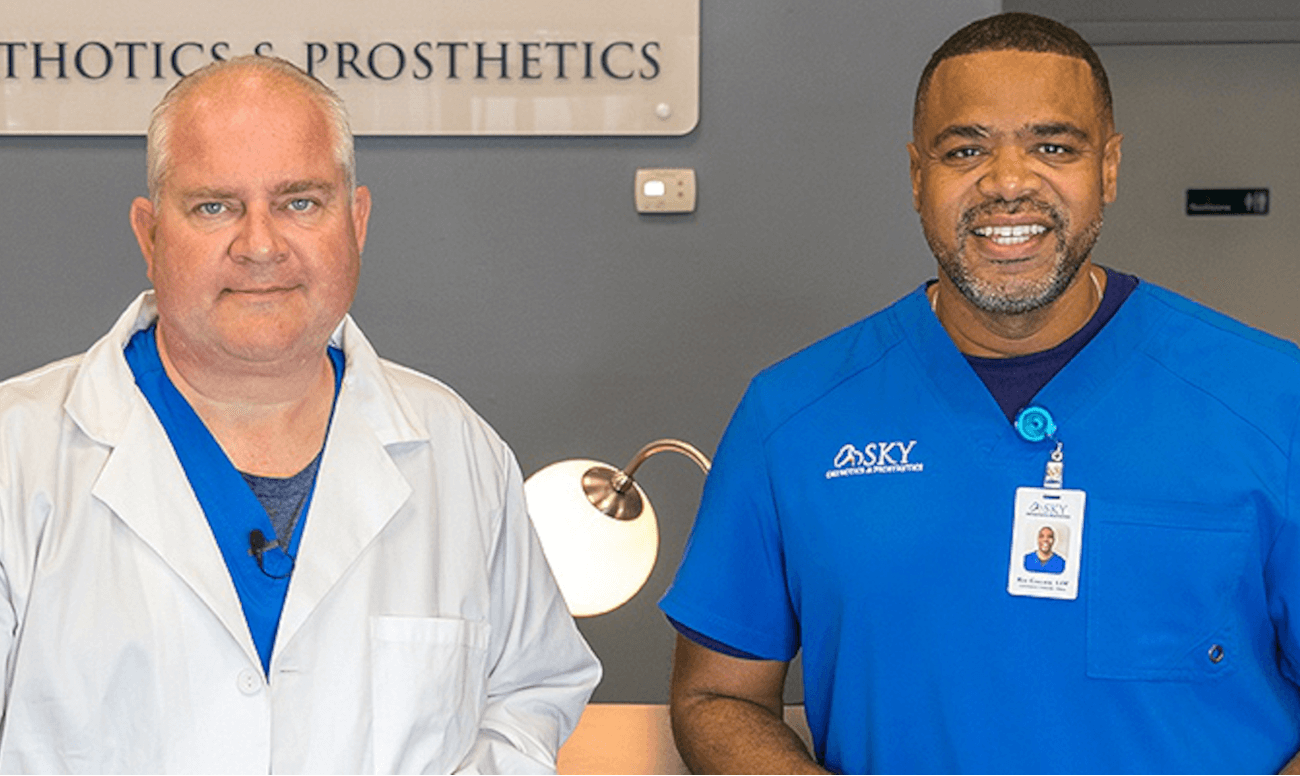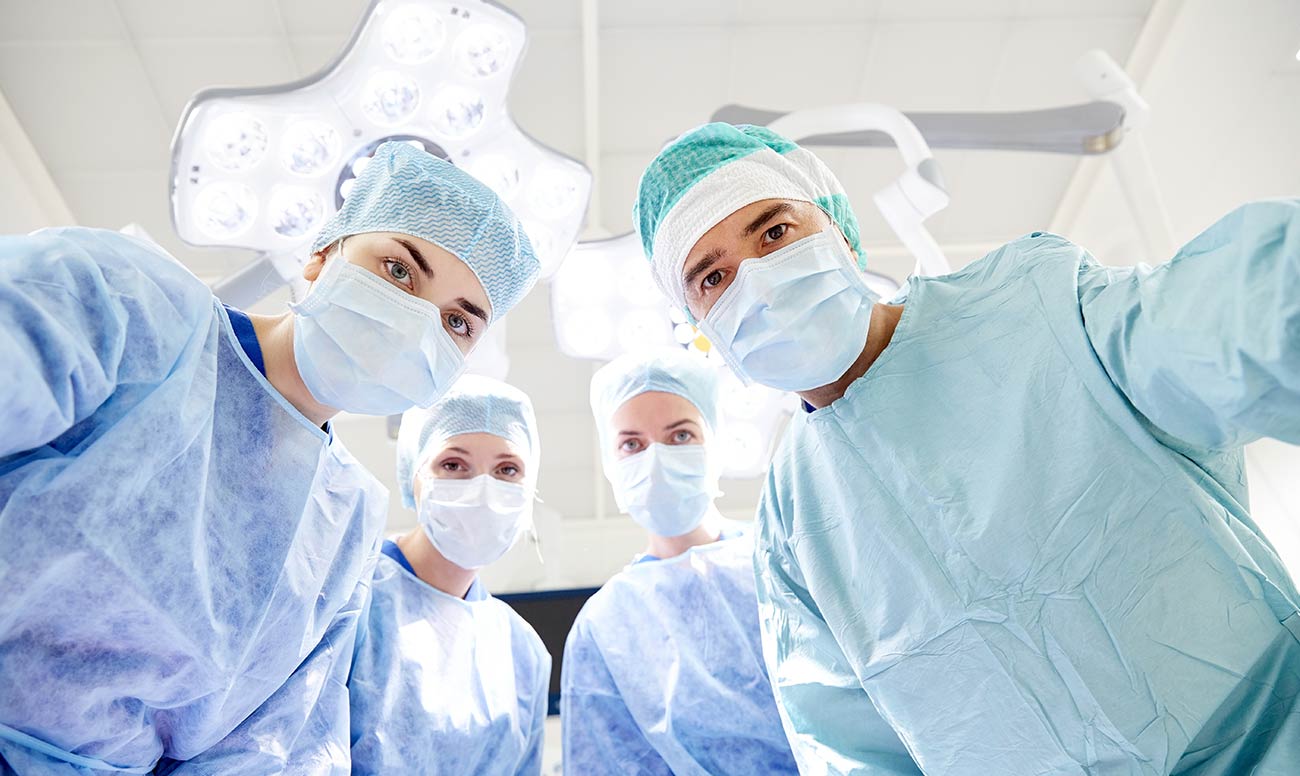
PROSTHETICS: WHEN YOU’RE NOT SURE…
There is a common misunderstanding between what a prosthetic limb is expected to be, and what it is intended to be. The term “prosthetic limb” itself is misleading. It suggests that a prothesis will serve as a substitute for an actual human limb. This confusion can lead to unrealistic expectations and even greater frustration. Most of us don’t investigate the prosthetics world until we, or a loved one enters the amputation journey. The general impression is that these tools exist for primarily cosmetic or “substitution” purposes, when in fact they are considered just that, tools. The value of a prothesis is found in its ability to help you regain independence after your amputation. The amputee must establish and prioritize his or her physical goals post-amputation, and with that in mind, begin to choose the best prothesis option for them. The Amputee Coalition, a donor supported nonprofit, suggests that amputees ask themselves the following questions:
• What do you want to be able to do with the prothesis?
• What activities do you plan to do?
• Do you want to walk or run?
• Do you care about the way the prosthesis will look?
• What type of daily work do you do?
The above questions generally apply to lower extremities prosthesis. However, UPPER EXTREMITIES prosthesis requires even more detailed decision making. Upper extremities prosthetics are highly technological tools where the best of human ingenuity can be seen at its best. While our natural lower extremities primarily provide mobility, our upper extremities provide most of our physical functionality on all daily activities. From brushing our hair, to moving objects, holding on to guard rails, driving, gripping exercise equipment, conducting daily hygiene activities, to simply shaking hands. Upper extremities prosthetics are highly customized to the individual needs and preferences of the amputee. Every detail must be calculated to best serve and meet the desired needs. Ultimately, it will become a highly dependable, and greatly appreciated tool.
This is not to say that the cosmetic appearance is insignificant. The prosthesis industry understands the importance of fulfilling the cosmetic needs prioritized by the amputees. There is a sense of “dignity” that is restored with the presence of a prosthetic limb. Great advances have been achieved in the field of natural appearance for prosthetic limbs with the intention of meeting the visual expectation of many amputees.
Some of the hesitation towards prosthetics derive from stories of frustration and lack of use by some amputees. There’s always a period of adjustment and challenges as a new prosthetic limb is incorporated from a physical, and a practical point of view. As it is the case with many external elements of change in our lives, frustration can take over to the point of corroding any conviction or confidence in the process. Some amputees may lack the patience necessary to understand that a prothesis will not fully substitute a natural limb and as a result may miss the benefits of a highly technologically engineered tool.
Most experts blame improper fitting as the main cause of these frustrations, and the subsequent lack of comfort and effectiveness which may follow. Alistair Gibson, Clinical Director at Sky Orthotics & Prosthetics in Orlando, Florida, points out that specially in the case of Upper Extremities cases: “the most important component you should expect is in fact the socket fitting”. He says, “the socket is the interface between the human body and prosthetic”. The ongoing support from a friendly prosthesis clinic and their help in making any necessary adjustments to achieve a proper fitting can make the difference between a great or a failed prosthetic experience.
Ultimately, our natural limbs are in fact tools in our daily physical activities and providing a “mechanical” tool for this purpose is the goal of all prosthesis. Much has been documented about the emotional impact an amputation can cause in the amputee’s state of mind. The vast amount resources currently available to amputee’s, from surgical and clinical care, psychological support, physical therapy, to a broad choice of prosthetic options, have been created to assist in the complete physical and emotional recovery of the amputee. All these resources are vital to a complete process. So, when it comes deciding on wether or not to incorporate a prosthetic limb, Carla Bisanti of Sky Orthotics & Prosthetics says that: “you deserve the independence and dignity of it”.






